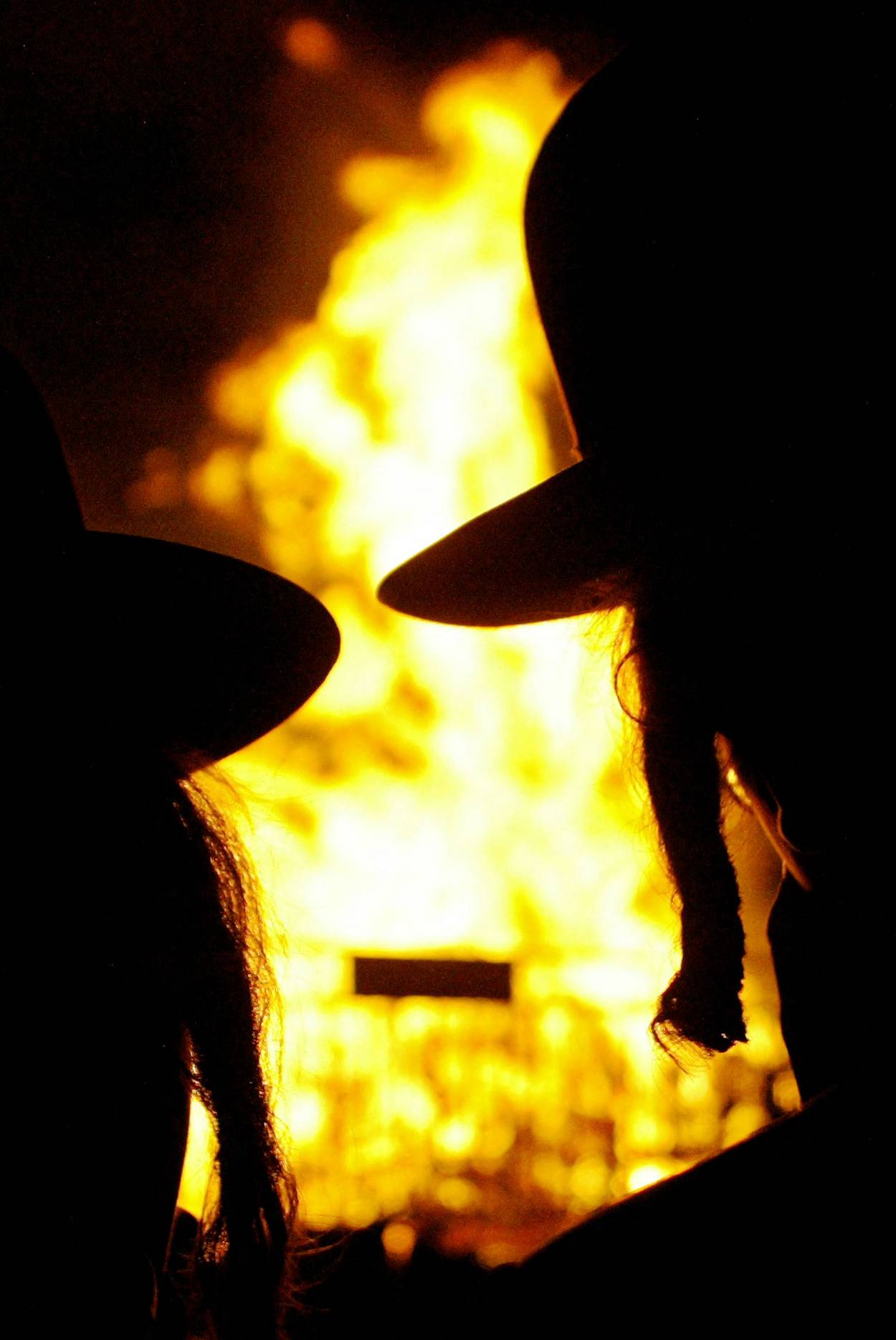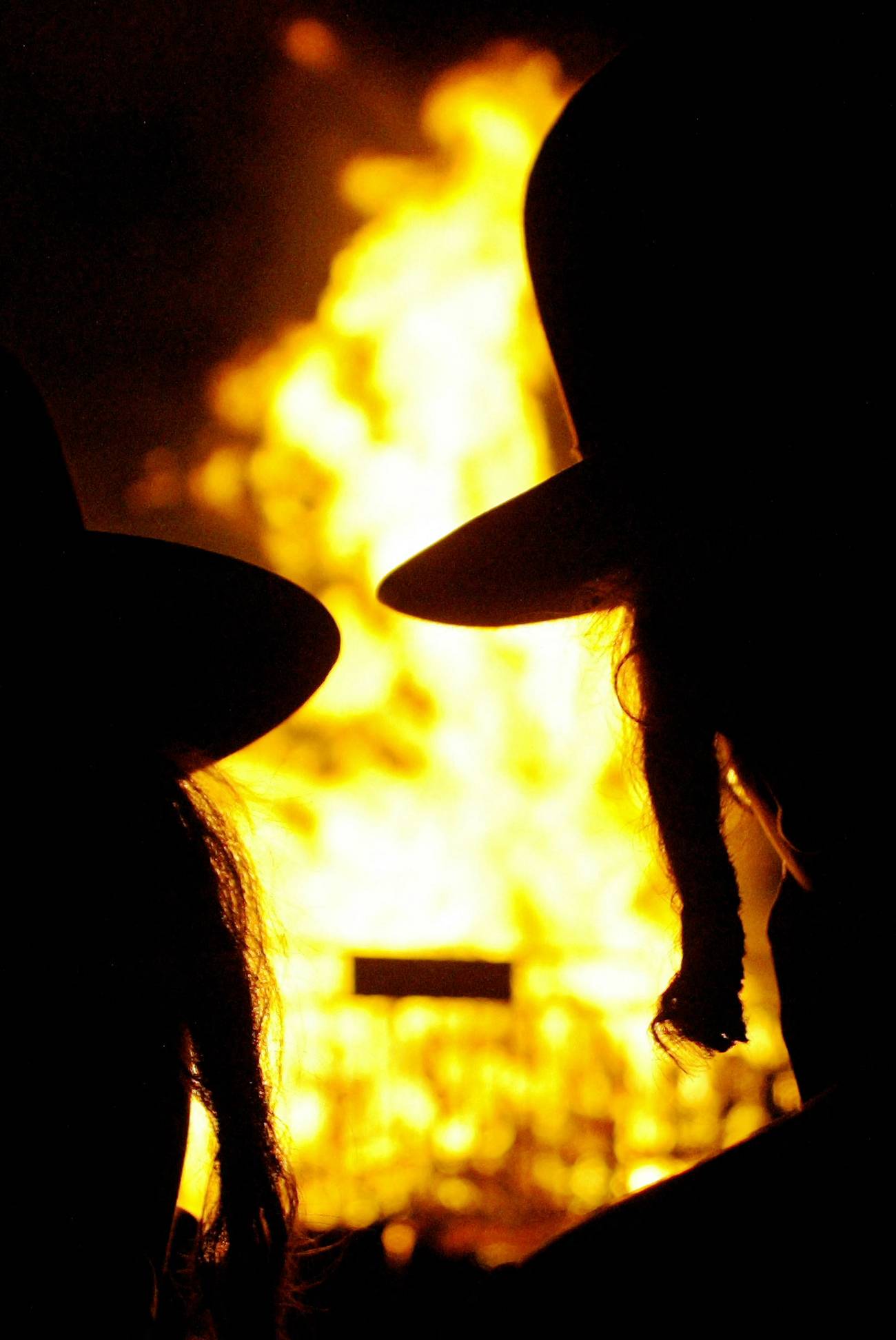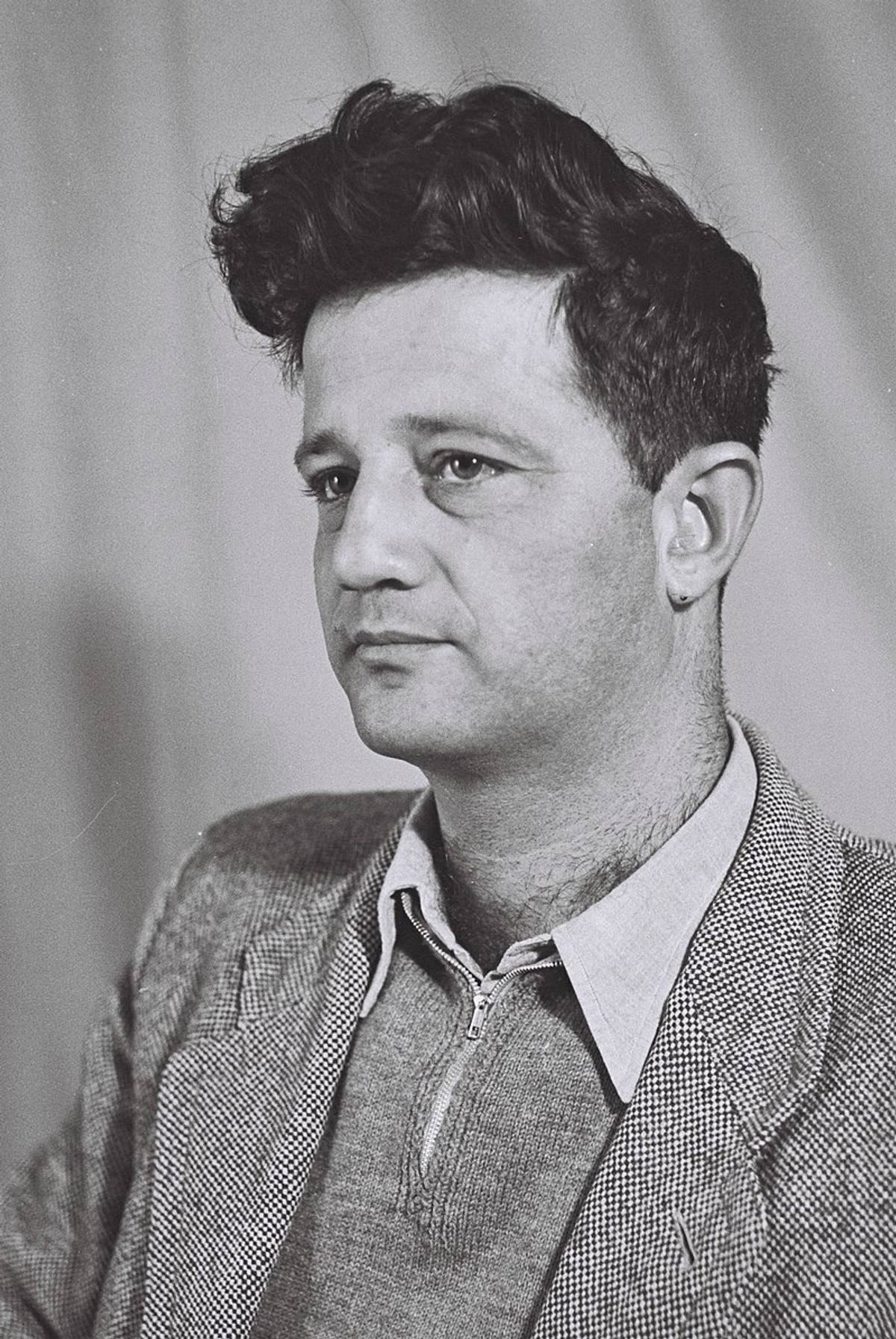Night at Meron
A story for Lag Ba’Omer written by S. Yizhar years before he became a master of Hebrew literature—here, in English for the first time




Something came to pass in the world of new Hebrew literature in 1938. A short story, “Ephraim Goes Back to Alfalfa,” penned by a 22-year-old Yizhar Smilansky, was published in the literary monthly Gilyonot. It was its editor, Yitzhak Lamdan, who gave the young man his pen name: S. Yizhar, not widely known to English-speaking audiences but widely considered one of Hebrew literature’s all-time greatest masters.

This first published work by Yizhar is viewed by many as the turning of a page in the history of Hebrew literature, ushering in works composed by the first generation of Israeli-born Jewish writers. These sabras, as they came to be known, strove first and foremost to shed the identity of the “diasporic,” “old Jew,” and Yizhar was perceived at the time as characterizing the native image that the Zionist movement desired: strong, wild, without complexes, living on the soil of its homeland. Yizhar felt like someone who was freed, in both the physical and mental sense, from the “legacy of the Diaspora,” and his writing expresses this liberation—the liberation of the entire generation.
But a story he wrote in 1932 when still a boy of 16—located in the S. Yizhar Archives at the National Library of Israel in Jerusalem and appearing here in English for the first time—shows that the reality was more complicated than that, and that even this paragon of Zionist liberation was still deeply tethered to Jewish tradition, its complications, and its obligations.
It deals with Mount Meron, in the north of Israel, burial place of Rabbi Shimon Bar Yochai, believed by many to have written the Zohar, the premier work of Kabbalah, or Jewish mysticism. The mount attracts droves of believers each year on the holiday of Lag B’Omer, but the early Zionist pioneers in pre-state Israel flocked to it as well, attracted by the virginal landscape.
The young Yizhar, too, found his way to Meron, and the story he wrote about the visit reveals both his wonder and his repulsion at the sight of the ritual celebration. The story reflects on the one hand the New Yishuv’s attraction to the central ethos of traditional Judaism and its rituals, and, on the other, the secular view of the developing Israeli youth. His reserved descriptions create a picture and its reverse, enabling two possible views that intertwine and blend. Two silhouettes of one painting emerge—mysticism and nationalism, Hasidim and pioneers, diasporic Jews and locals—all part of the Meron-Galilee experience.
Night at Meron
By S. Yizhar
Long, bony fingers, quivering on the strings: palm of a hand.
Gray head hunched over the violin, bowed and bent with intent to listen to and absorb the agitated melodies, the eyes beneath his coarse eyebrows reflecting the black depths of the world.—
A blind musician.
A small boy with long sidelocks curled around his dark-skinned face. Small is the boy and wretched, but his pants are long. Small is the boy and wretched but how big is his role—he, the drummer, and in spite of his big role and his long pants his black eyes close and strands of mucus form on his eyelids. Nor can he move his small fist to wipe away the strands of mucus, because his hands are inside the cymbal straps. He blinks, now and again his head drops onto his chest, but at once he shakes himself and opens his eyes, and closes them again and reopens them, over and again.
This is the drummer.—
A little sweating Jew blows a trumpet, his neck tendons bulging under the sweater enveloping him. His forehead is crisscrossed with wrinkles containing rivers of filthy perspiration liquid. And with his foot he taps the beat.
The trumpeter.
And all of them together—the klezmer.
And around them is a multitude of sweating beings, dancing and clapping their hands. The candles flicker and their light sways back and forth. Considerable steam soars above the crowd, soaring and ascending on high. The rags dipped in oil give off a terrible stench. And a multitude of Jews dance ecstatically. Dance and sweat, dance with devekut, dance to the tone of the music of the klezmer, the orchestra.—
A blind musician—the violinist. A dozing boy—the drummer. And a sweating Jew—the trumpeter.
… Behind the sooty, rusty grates the tombs of the Tzadikim come into view: the tomb of the Rashbi [Rabbi Shimon Bar Yochai] and his son, and the tomb of Rabbi Jochanan the Shoemaker. And between the tombs and the grates several people stand, gluing their burning heads to the cold stone of the monument, whispering their entreaties with bowed heads. On the floor, women sit on their haunches, shrouded in black scarves, tattered prayer books in one hand and handkerchiefs damp with tears in the other. The candles on the stoves melt the whole while, and the wax trickles down them in large stinking drops. The sound of groaning and weeping rise from the bosoms of the people standing about the tomb—and of supplications, many of which open in this fashion: “May the Great Tzadik grant me a speedy recovery,” “May the Tzadik bless me with a son to recite kaddish, the prayer for the dead, for me” …
The tops of the sooty domed roofs, bare of any decoration, give off heat and a terrible stench. Heat and a terrible stench erupt from the midst of the horde of beggars sprawled about the chambers and the corridors with their entire families, young and old. Yet from those same domed roofs and from that same horde something more erupts, and it is lofty, and shrouded in historical grief, shrouded in webs of memories from days of old, enveloping with a kind of real warmth, a warmth that placates the downtrodden, and those amid them, pressing them into it, into its heart, trickling drops of comfort into them.
And with devekut the Jews pray, and in ecstasy they dance. And with devekut and in ecstasy, combined, there escapes from their mouths a word that expresses all that is in their heart:
Bar Yochai! ...
The word that encapsulates the emotion of national freedom, the emotion of insubordination, the emotion of extrication from cares—on this day Bar Kochba was victorious. And this word also encompasses the devekut of the Kabbalists—on this day the Rashbi died. A word that conveys the martyrdom of man for kiddush hashem, sanctification of the Name of God. And their ensuing reward. For 13 years the Rashbi and his son dwelled in a cave, abstained from physical pleasures and fasted. However, their end was—on to the Garden of Eden!
Bar Yochai, Bar Yochai, Bar Yochai!
The Jews wax ecstatic, roll up the corners of their kapotehs, and break out in Hasidic dance. And the others respond in song, clap their hands … -- -- --
But one person was in the crowd, a small youth it was, who did not know for what reason and wherefore he was not sleeping that night, and who did not know what was wanted of him. And yet this he knew, that he wanted very much to sleep—it was the little drummer with the dark-skinned face …
July 1, 1932
Yizhar Smilansky
Yossi Schweig lives in Jerusalem and is the co-founder of Blima Books, a small press dedicated to radical Jewish literature.